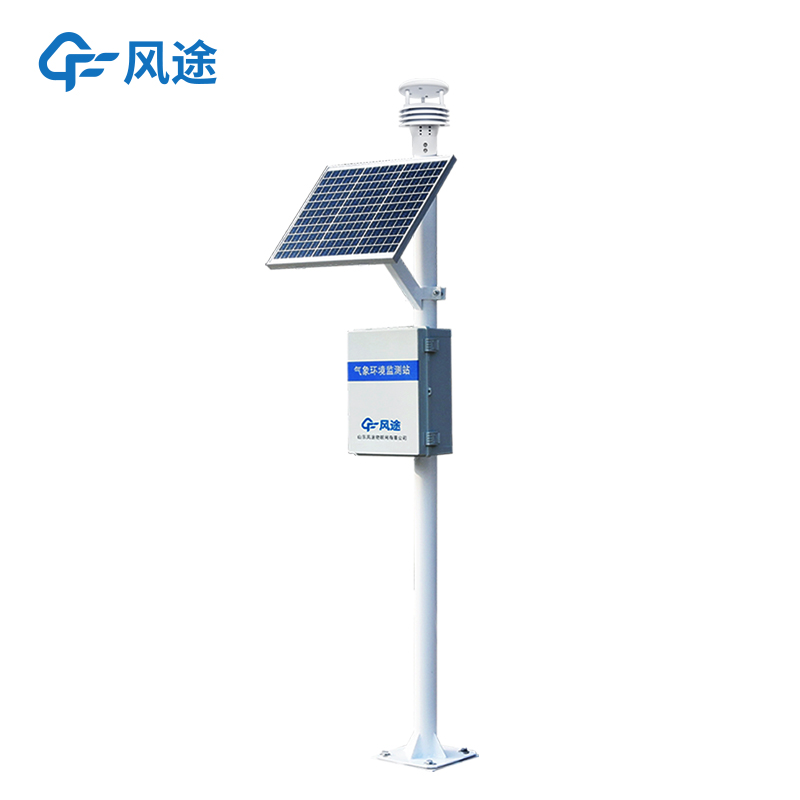Tianqiong Sensor IOT Technology Co., Ltd
Sales Manager:Ms. Emily Wang
Cel,Whatsapp,Wechat:+86 15898932201
Email:info@fengtutec.com
Add:No. 155 Optoelectronic Industry Accelerator, Gaoxin District, Weifang, Shandong, China

Sales Manager:Ms. Emily Wang
Cel,Whatsapp,Wechat:+86 15898932201
Email:info@fengtutec.com
Add:No. 155 Optoelectronic Industry Accelerator, Gaoxin District, Weifang, Shandong, China
time:2025-04-02 10:17:44 source:Weather Station viewed:3 time
The construction of smart wetlands takes wetland monitoring equipment as the core, and combines Internet of Things (IoT), big data, and artificial intelligence technologies to build a three-dimensional monitoring network covering hydrology, meteorology, and ecology.
The wetland weather stations are preferentially located to cover the core ecological areas of wetlands (such as migratory bird habitats and water source conservation areas) and ecological fragile zones, avoiding human interference. It is a high-precision automatic weather station that integrates sensors for temperature and humidity, wind speed and direction, precipitation, solar radiation, negative oxygen ions, etc. It supports solar power supply and wireless data transmission, enabling the linkage analysis of meteorological and ecological data.
Radar and thermal imaging devices can be combined to monitor the impact of extreme weather (such as rainstorms and typhoons) on wetlands, and link with the early warning system.
The water quality monitoring stations are equipped with items such as pH, dissolved oxygen (DO), turbidity, chemical oxygen demand (COD), total phosphorus (TP), total nitrogen (TN), and chlorophyll a. According to the water flow direction of the wetland, the functional zoning of the water area, and the distribution of potential pollution sources, the water quality monitoring points are reasonably arranged. Monitoring points are set up at the inlet and outlet of the wetland, in the main water area, and in areas vulnerable to pollution, such as the water areas close to farmlands or residential areas.
By establishing a unified wetland monitoring database, meteorological and water quality data are classified, stored, and managed. The database is scalable, capable of accommodating the increasing monitoring data, and supports the import and export of multiple data formats. At the same time, data access rights are set to ensure the security and confidentiality of the data.
Moreover, the data from weather stations and water quality monitoring equipment can be integrated with other monitoring data of the wetland, such as soil moisture, vegetation coverage, and animal activities. A comprehensive smart wetland management platform is established. Through the visual interface of the platform, a comprehensive and multi-level display of the wetland ecosystem is realized, facilitating unified management and decision-making for managers.

Two - dimensional ultrasonic anemometers can only measure two parameters: wind speed and direction on the horizontal plane. They cannot obtain information about the wind in the vertical direction, such as vertical wind speed or the upward/downward speed of vertical airflows. Therefore, they are only...
The Portable Weather Station, with its highly integrated and user - friendly design, has become a common device in fields such as outdoor activities, emergency response, and scientific research expeditions. It integrates a variety of high - precision sensors for temperature, humidity, wind speed, wi...
As night fell, I was flying through the darkness as usual. Suddenly, I spotted a beam of light that lured insects ahead. Driven by instinct, my companions and I flew towards the light source without hesitation. Later I came to know that it was actually a nightmare from which there was no escape. Tha...
Environmental monitoring centers play a crucial role in atmospheric environment monitoring, responding to sudden environmental incidents, and providing data support for environmental protection decision - making. A portable and powerful mobile weather station is of great significance for improving i...